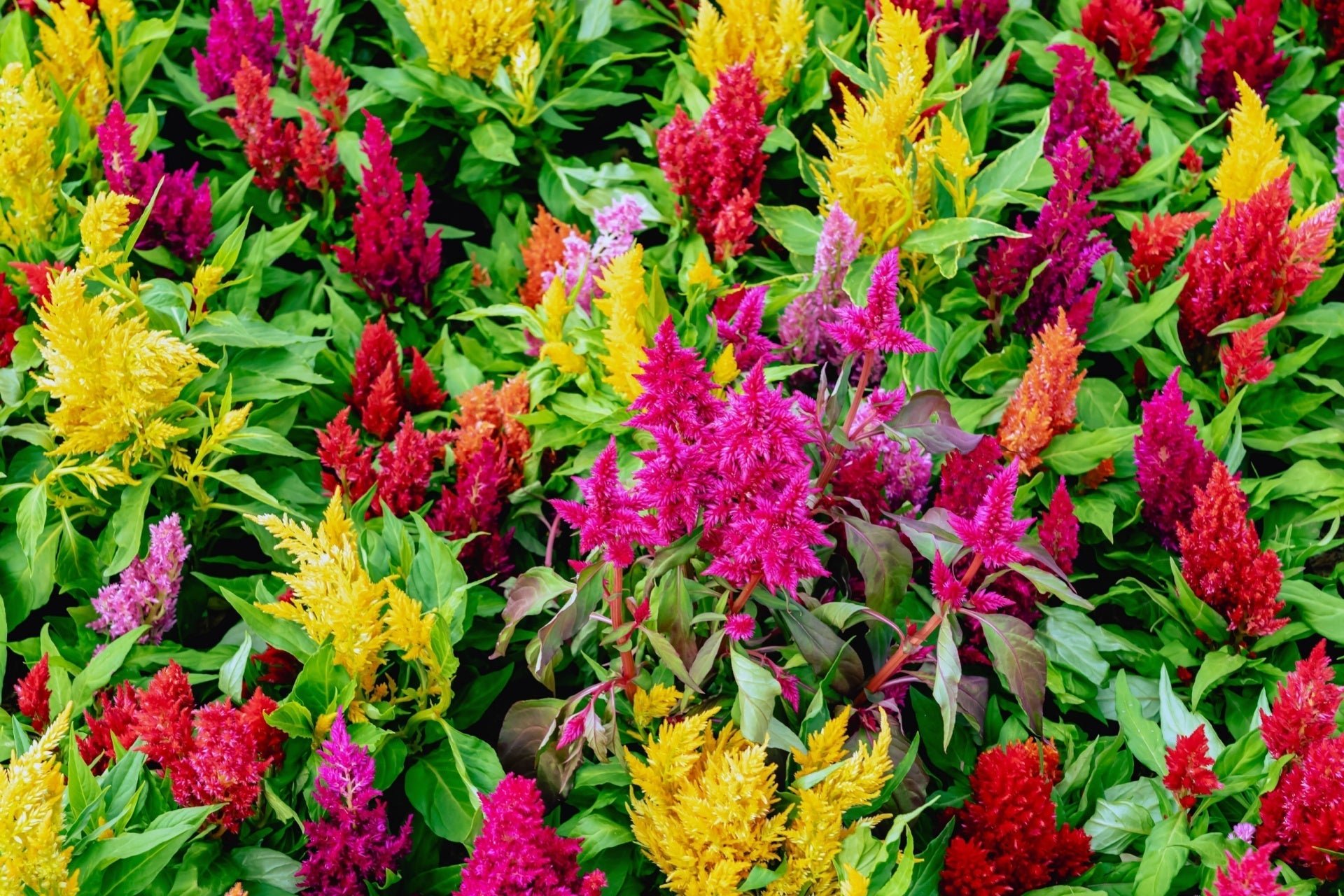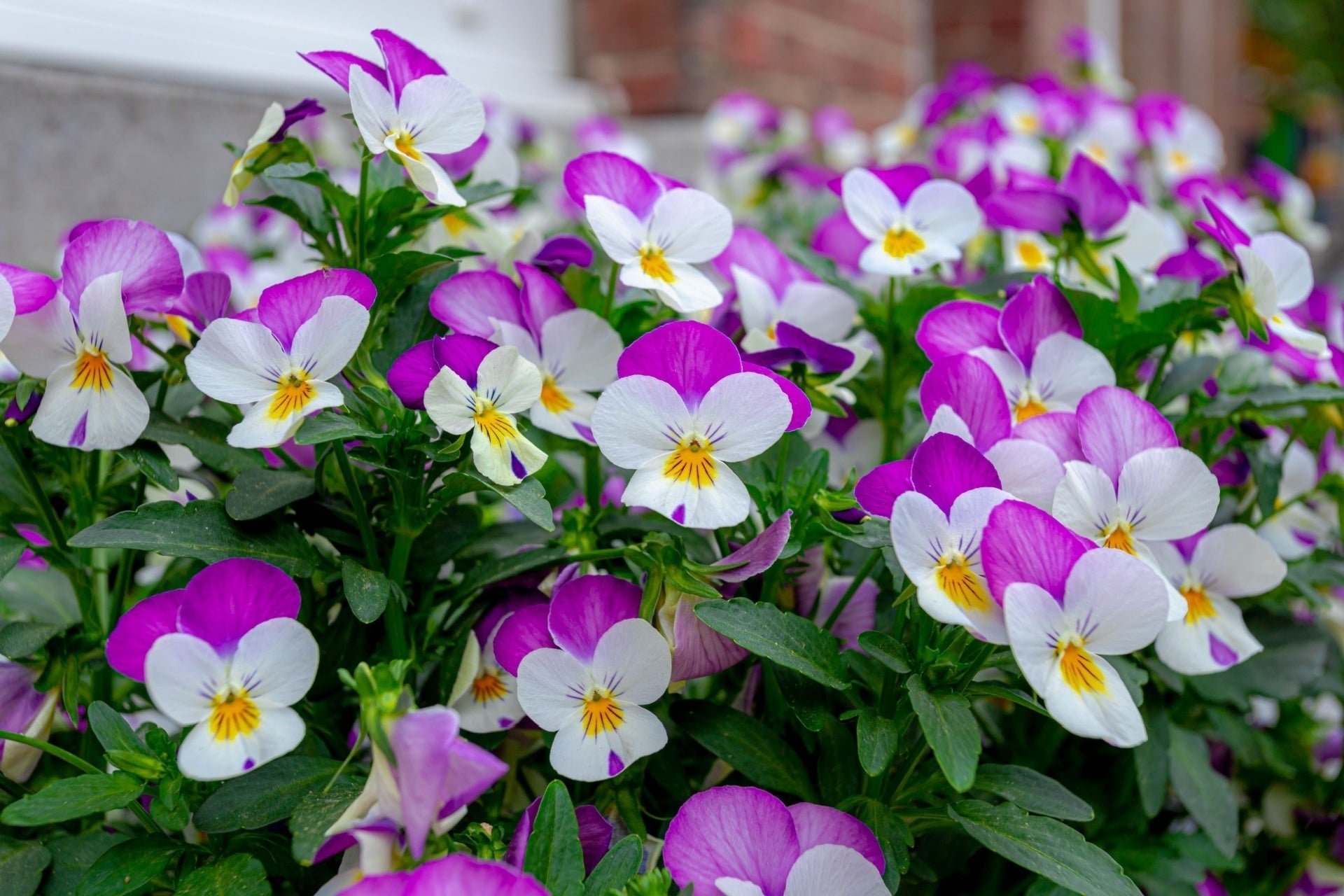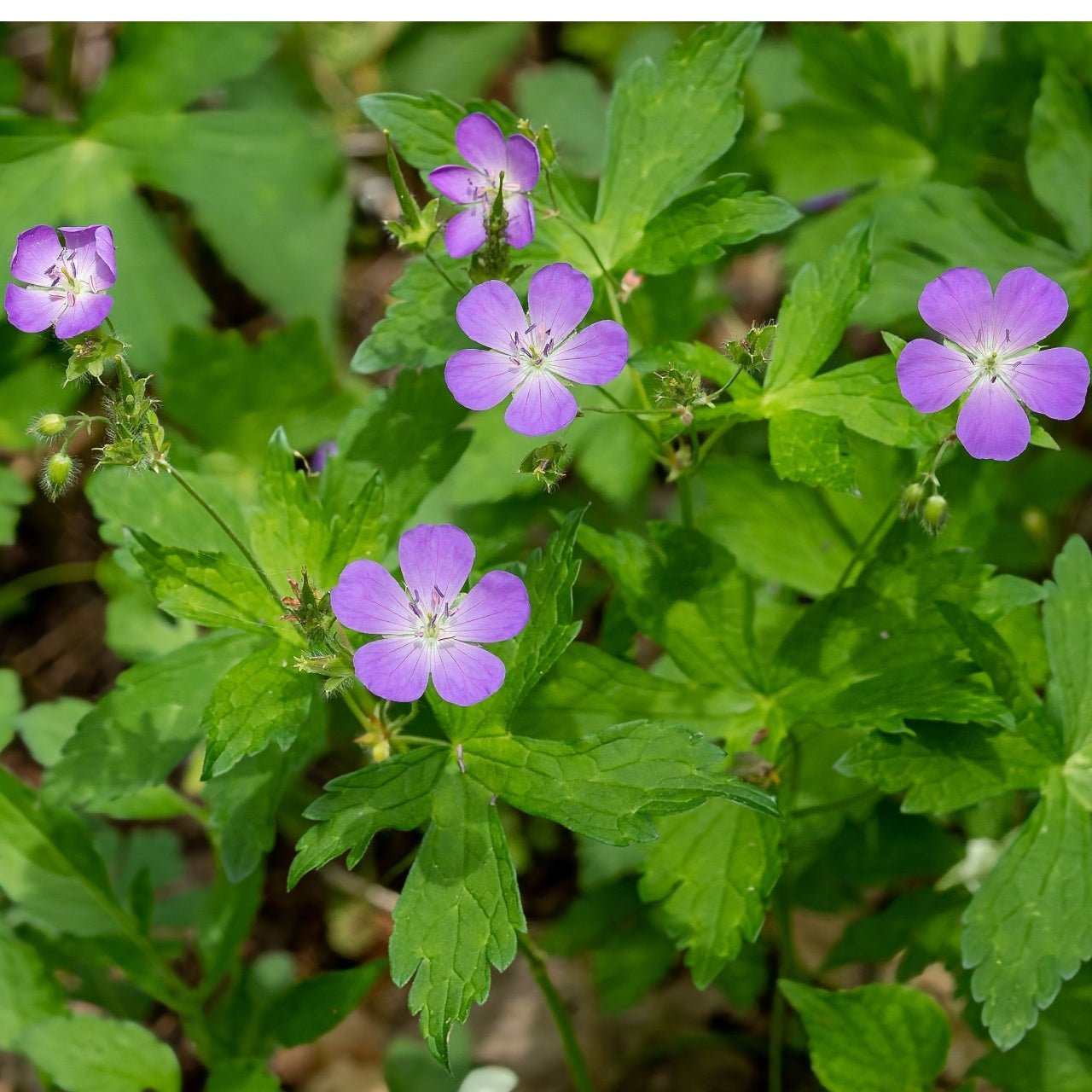Violas: Perennial or Not? Clearing Up the Confusion
Violas appear as delightful small flowers bursting forth in early spring with their heart-shaped blossoms and striking colors. Gardeners often ask, are violas perennials? Whether violas act as perennials depends on their specific type and your regional weather conditions. Violas function as short-lived perennials that can survive multiple seasons under mild weather conditions, but gardeners often grow them as annuals when they face extreme heat or cold winters.
The Viola genus includes more than 500 species with pansies (Viola × wittrockiana), wild violets (Viola sororia), and the charming Johnny-jump-ups (Viola tricolor) among them. Perennial wildflowers such as Canada violet (Viola canadensis) and bird’s foot violet (Viola pedata) flourish in woodland gardens and areas where they appear natural. Native species excel in sustainable landscaping because they support native pollinators with their food sources and act as larval host plants for butterflies such as the fritillary.
Violas can function as perennials across USDA zones 3 to 9 when gardeners mulch them during winter months and provide afternoon shade in regions with high temperatures. Many garden centers advertise violas as cool-season annuals that gardeners can enjoy during both spring and fall seasons. Most violas will fade when temperatures rise and need careful attention or reseeding to return.
How to Grow and Care for Violas Year-Round
Violas deliver rich color and sweet fragrance while remaining easy-care whether planted as annuals or hoped-for perennials. Start by choosing the right type. Choose native perennial violas such as bird’s foot violet and the lesser-known Viola pubescens (downy yellow violet) for continuous garden impact because they thrive in eastern North American dappled shade.
Violas thrive in well-drained soil full of organic matter when planted in areas that receive full sun to partial shade. Hot southern gardens benefit from morning sun and afternoon shade to extend blooming periods for plants. Deadheading faded flowers helps prevent invasive self-seeding and increases flowering in formal beds.
Extend the growing season of your violas by following these practical tips.
Apply mulch during winter months to protect plant roots and ensure perennials endure cold temperatures.
Pruning violas after they flower will stimulate fresh growth.
Many native violas will gently naturalize when their seeds scatter naturally.
Perennial violets need division every couple of years during early spring or fall for optimal health.
Container and window box cultivation of violas offers ideal options for limited gardening space and porch decoration during cool weather.
When creating a perennial garden use native flowers alongside violas to enhance the landscape.
You can achieve an optimal display of violas in your garden by mixing them with native perennial flowers that promote biodiversity and enhance visual appeal. Violas produce flowers early in the season which allows them to blend beautifully with native spring wildflowers and create a seamless transition to summer garden displays.
Consider pairing violas with these stunning natives:
Virginia Bluebells (Mertensia virginica): These bell-shaped flowers represent true spring ephemerals which produce a mystical woodland color scheme when paired with purple or yellow violets.
Wild Columbine (Aquilegia canadensis): Wild Columbine presents red and yellow nodding blossoms during spring which serve as a strong attraction for hummingbirds.
Trillium (Trillium grandiflorum or Trillium erectum): Trilliums and violas share similar woodland preferences while enhancing shade gardens with their elegant appearance.
Jacob’s Ladder (Polemonium reptans): The ferny foliage and delicate blue flowers of Jacob’s Ladder create a breathtaking combination when planted next to low-growing violas.
Wild Geranium (Geranium maculatum): The native perennial plant stays in bloom throughout the season and thrives alongside woodland violets while sustaining pollinators for extended periods.
These plant pairings enhance beauty while also promoting ecosystem health through the attraction of pollinators including bees and butterflies as well as birds. The Great Spangled Fritillary butterfly relies on native violas as one of its few larval hosts which solidifies their importance in pollinator gardens.
Are Violas Worth Growing as Perennials?
Absolutely. While perennial behavior isn't universal among violas as it is with traditional perennials, many native species exhibit perennial qualities and can become established with minimal assistance. Violas will continue to blossom beautifully every spring if you reside in a moderate climate and are ready to mulch and divide them from time to time. Violas serve as a flexible option for gardeners who specialize in native plant landscaping while also supporting pollinator gardens or who want to introduce early color to shaded beds.
Classic Johnny-jump-ups, showy pansies and native violet varieties all make excellent choices for gardeners seeking attractive small flowers. The combination of their strong durability and simple care requirements along with their early flowering period makes violas essential for gardeners who want sustained color throughout the growing seasons. When planning garden renovations this year, think about planting violas for more than just seasonal interest—they can form lasting bonds with your garden space.
Read more

So, is Celosia a perennial? Celosia functions as a tender perennial plant which is treated as an annual in the majority of United States growing zones. The correct climate conditions or indoor care...

When starting your garden you should select plants that offer extended benefits over multiple seasons. While pansies create immediate happiness in gardens they join native species to create extende...




